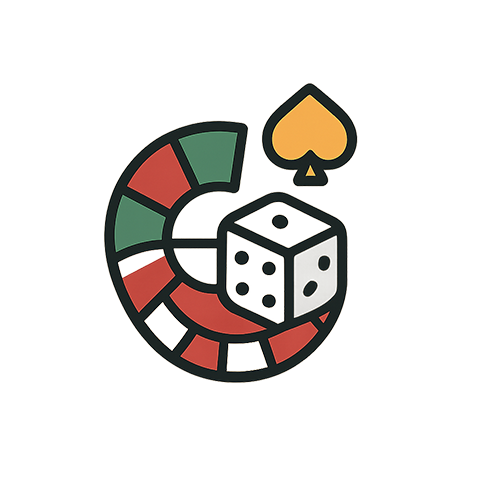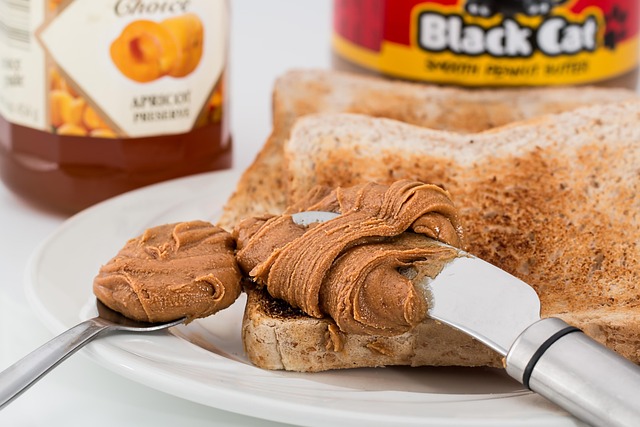Understanding the Role of Percentages in Poker Gambling
When it comes to poker, players often hear phrases like The odds are in your favor” or “You have a 20% chance to win.” But what do these percentages really mean? Understanding the concept of percent is crucial for any poker player looking to enhance their game and make more informed decisions at the table.
In poker, every hand is a calculated risk, and knowing the percentages involved can tip the scales in your favor. Let’s start with the basics: the odds of hitting a certain hand or drawing a particular card can drastically change the way you play. For example, if you’re holding a flush draw, knowing that you have approximately a 36% chance to complete your flush on the turn or river should influence your betting strategy. A straightforward approach mixed with this knowledge can significantly enhance your gameplay.
The percentages also affect your betting decisions. If you’re contemplating whether to call a bet, consider the pot odds—the ratio of the current size of the pot to the size of the bet you have to call. If the pot offers better odds than your chance of winning the hand based on your percent chances, it’s an excellent opportunity to bet. Understanding pot odds through the lens of percentages can ensure that your decisions are backed by sound mathematical reasoning instead of just gut feelings.
Moreover, calculating implied odds can also be beneficial. Implied odds take into account the money that you can potentially win on future betting rounds. This broader view allows you to engage in hands where the immediate odds might not be favorable, as long as the potential payout justifies the risk. Understanding these concepts closely ties to your ability to read other players and evaluate their ranges, helping you strategically navigate the game.
As you delve deeper into the percentages, it’s also essential to recognize the concept of equity—the percentage of the pot that you are expected to win based on your current hand versus your opponent’s hand. For instance, if you’re all-in with a pair against an opponent holding a higher pair, knowing the equity can help you assess not only your current position but also how to improve your play in future situations.
In conjunction with calculating percentages, maintaining an emotional edge at the poker table plays a pivotal role in your gambling success. Players often face the challenge of making decisions under pressure, where emotions run high. By relying on calculated percentages rather than letting emotions dictate your actions, you can achieve a more stable mindset. This rational approach often leads to better decision-making, resulting in a more profitable outcome over time.
Lastly, remember that poker is not solely about the cards you’re dealt but also about the strategic application of percentages throughout the game. Whether you’re in a casual home game or a high-stakes tournament, equipping yourself with the knowledge of how to calculate and apply percentages actively can transform your poker experience. Embrace this mathematical aspect of poker; it might just become your secret weapon in outsmarting your opponents and increasing your bankroll.




